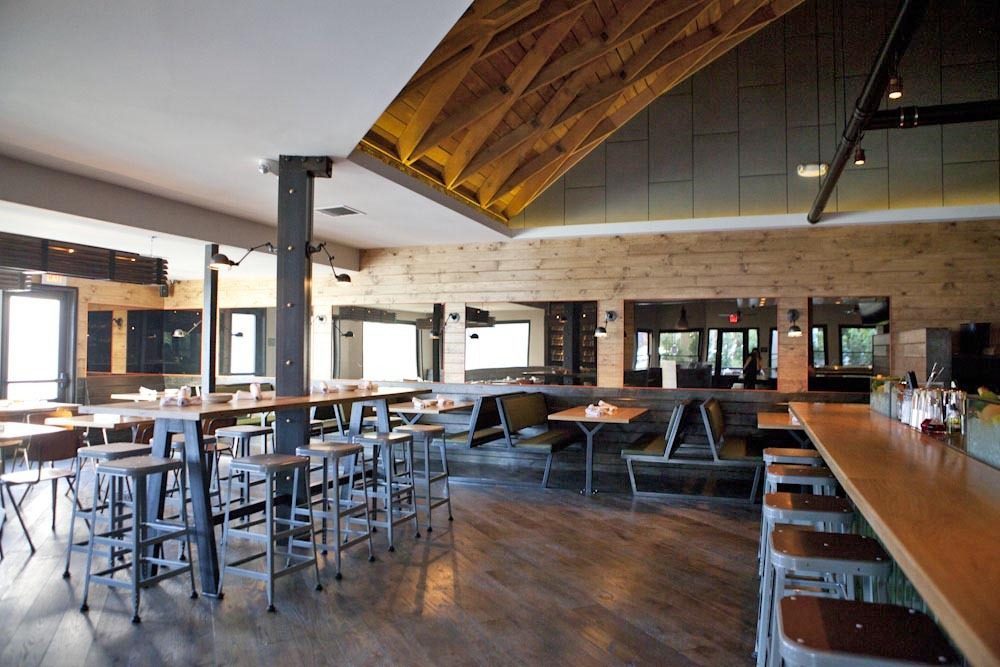In its simplest form, metal blacking is essentially a process that alters the chemical composition of a particular substrate surface, such as zinc, copper, steel, silver solder, or iron, just to name a few.
Usually performed in a batch operation, metal blacking makes use of a chemical compound that clings to the external surface of machined metals, effectively creating a permeable base that bonds with the material’s exterior coat.
Apart from the apparent aesthetic benefits (blackened metal simply looks amazing), there are a seemingly infinite number of additional advantages associated with using a chemical blacking kit to protect your tools, machines, apparatuses, and implements.
Corrosion Defence
During the metal blacking process, a compound called black oxide is carefully applied to a given workpiece. This application establishes a porous base on the material’s surface, which allows the resulting coating to hold and harbour a sealant.
The sealant, which is usually some type of viscous industrial oil, seeps into the microscopic pores of the black oxide coating until it reaches the material’s surface. This uniform distribution of black oxide and protective oil is what protects the workpiece from corrosion, erosion, deterioration, and even rust.
Structural Integrity and Dimensional Accuracy
The alternative forms of workpiece protection, which include painting and plating, tend to increase the size and dimensions of the actual implement, rendering it unusable in industrial applications.
Black oxide coating, on the other hand, reinforces the structural integrity of the workpiece in question without drastically altering its breadth or proportions. As a matter of fact, the metal blacking process adds no more than ten millionths of an inch to the exterior of a given workpiece, and it’s much more cost-effective than both plating and painting.
Aesthetic Characteristics
Apart from the striking jet-black veneer of a blackened workpiece, the black oxide process brings about a host of other aesthetic advantages as well, the most important of which are shown below:
· Glare reduction, which is particularly helpful when working with moving machine parts or intricate surgical apparatuses.
· Uniformity throughout the substrate surface since the bond between the blacking coat and metal piece is only a few atoms thick.
· Better adhesion, which means that any additional applications of paint or coatings will not chip, crack, or fissure even under extreme duress, and can also withstand temperatures of up to 530 degrees Celsius.
· Sales appeal, for the robust jet-black finish increases both the perceived and inherent value of a wide range of tools, articles, and gadgets.
Safety
Last but not least, it’s important to mention that the crux of metal blacking revolves around increasing operator safety and security during various industrial tasks. Reducing a moving tool’s light glare and augmenting its adhesive properties effectively eases eye fatigue and reduces the chances of breakage or injury due to human error.
As you can see by now, the metal blacking process is an incredibly cost-effective way to extend the lifespan of your most integral apparatuses and tools, regardless of your specific industry, sector, or niche.
Augmenting your gadgets to withstand the test of time just got a whole lot easier to do.





